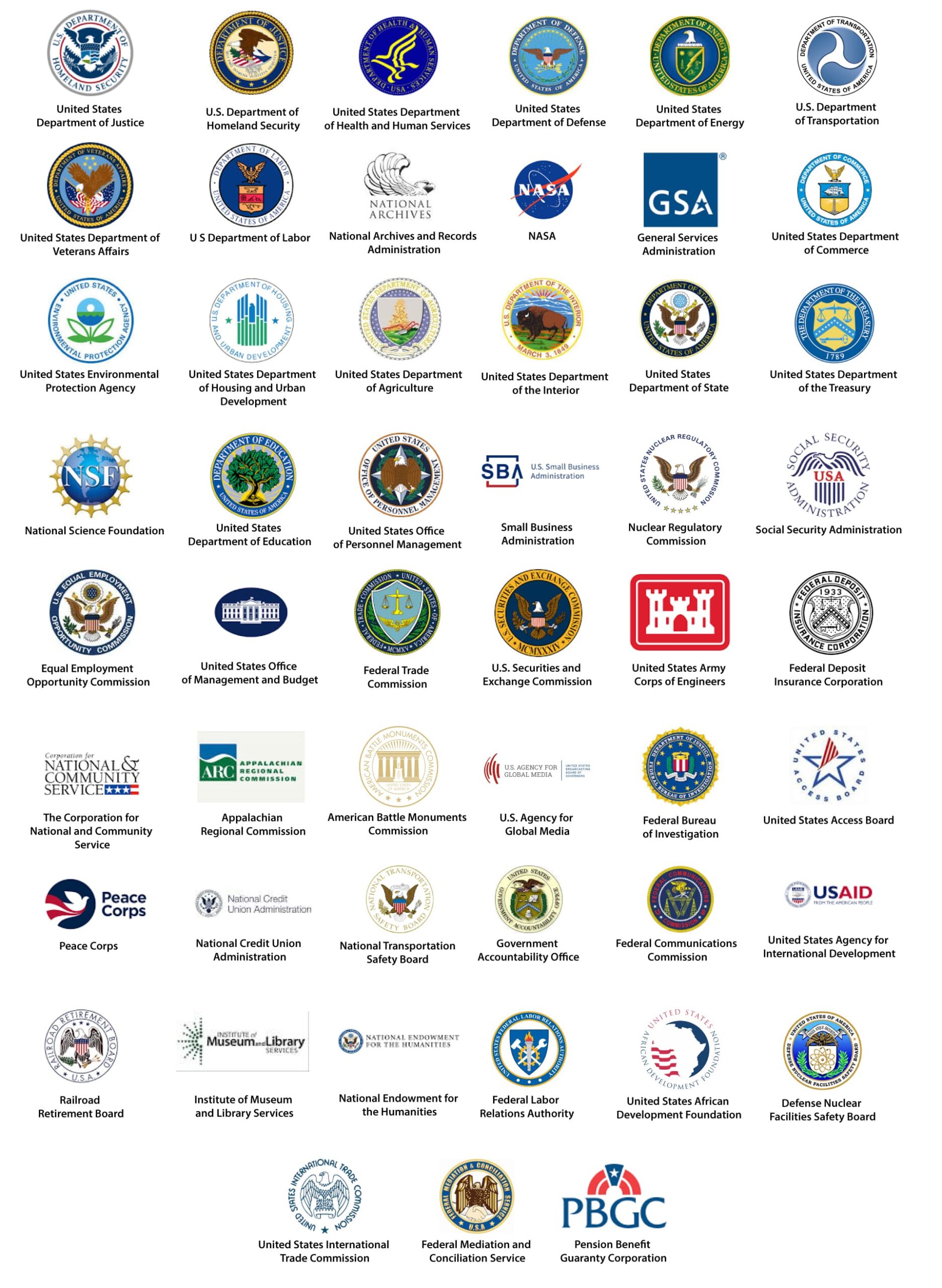Conventional wisdom would suggest that when you get injured on the job as a Federal Employee you should go right to the doctor. But wait! We are talking about the government here, so there must be a different path to take when you get hurt. That, my friends, are precisely the reasons for this blog post.
As the clinical director of DOL Injury Centers my job, along with my team, is to help all Federal Employees navigate the process and paperwork regarding an on the job injury so two specific outcomes occur.
First, and more importantly, is the full recovery of your injuries. Some treatment facilities would have you believe that the paperwork is the most important. I beg to differ. Getting a claim through OWCP is not as difficult, nor as important, as being able to return to work ready and able to do your job. Our clinics will treat any injured Federal Employee without an approved claim if the injury has been documented with the appropriate forms. But more on that later.
Secondly, we help each claimant complete and file the appropriate paperwork as well as provide a proper medical narrative showing causation. Causation is describing the details of how the injury occurred as well as how that injury will affect your ability to perform your duties and responsibilities as a Federal Employee.
The first step involved in creating an injury claim with OWCP is to first determine what type of injury occurred. As far as OWCP is concerned there are two types of injuries. A traumatic injury and an occupational disease. The first injury is any injury that happens on a single work day, such as falling out of a mail truck and injuring an ankle. This injury is called a CA-1 and requires a CA-16 form to initiate care. The second type of injury is called an occupational disease and is an injury that occurs over a period of weeks, months or years. Consider Carpal Tunnel syndrome as a prime example of an occupational disease or a CA-2. The CA-20 form is needed to initiate treatment. So now that we have the two types of injury classifications of injuries lets detail the 5 simple steps necessary for initiating treatment with OWCP.
No matter what type of injury occurs the first step is to report your injury immediately to your supervisor. Secondly if emergency medical attention is required then according to OWCP guidelines your initial treatment can begin without a claim at any physician’s office or hospital as long as they participate in OWCP. The CA-16 form is for traumatic injures and does not require authorization to initiate emergency treatment. If further care is needed, then a claim must be approved. Treatment for occupational disease classified as a CA-2 requires prior approval to receive treatment beyond the initial medical evaluation.
After the initial treatment takes place the employee must fill out and file the employee portion of the CA-1. This form must be returned to their supervisor as soon as possible but no later than 30 days after the initial treatment. For occupational disease the form CA-2 should be used. A “receipt of notice” is attached to each form and should be kept for your personal records. The last procedure is submitting for a COP (continuation of pay) form CA-7 for any injuries that will require an employee to miss up to 45 days of employment. We will discuss this and many other requirements to filing an injury claim in future blogs.



